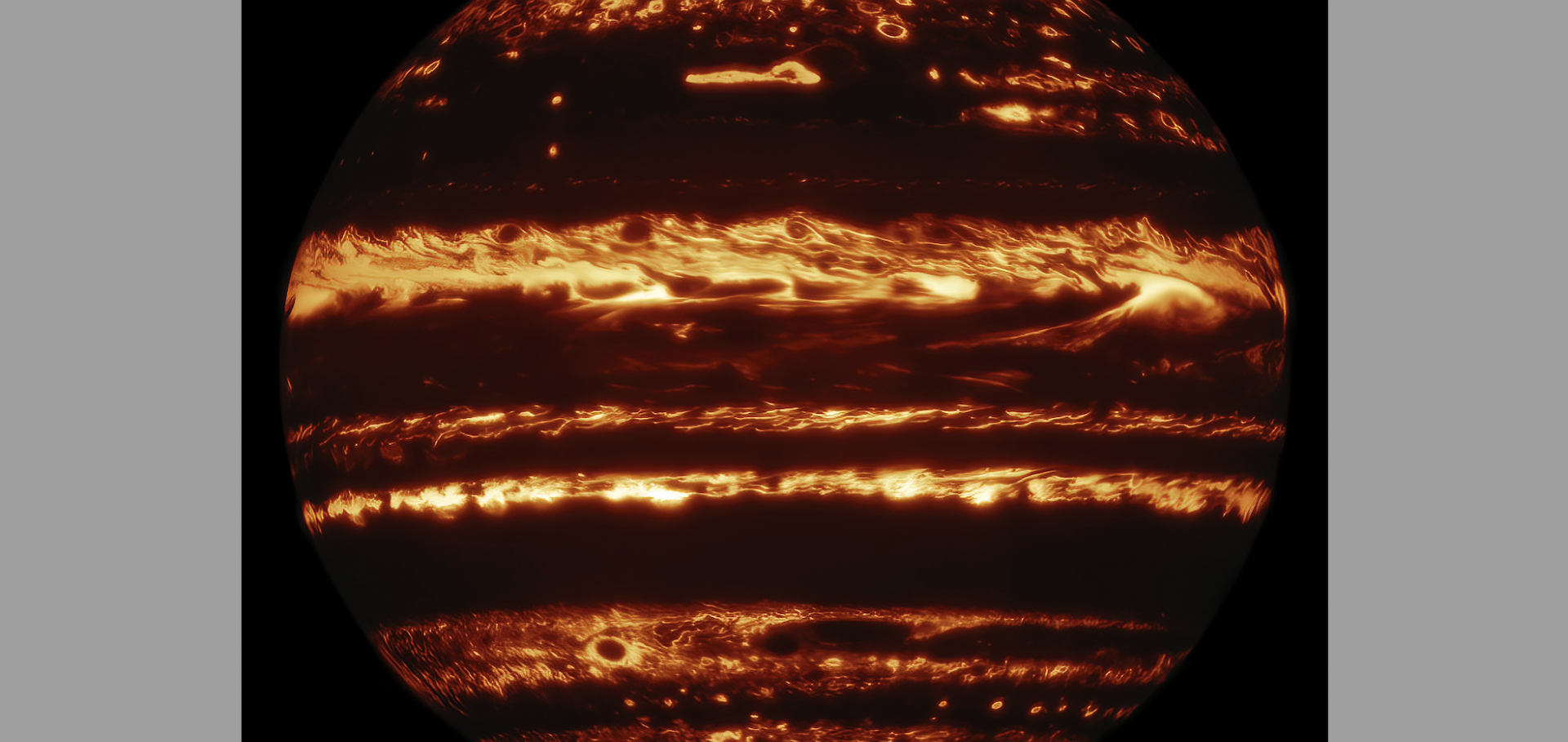Influences of Internal Forcing on Atmospheric Circulations of Irradiated Giant Planets
The Astrophysical Journal American Astronomical Society 928:2 (2022) 166
Jet Streams and Tracer Mixing in the Atmospheres of Brown Dwarfs and Isolated Young Giant Planets
ArXiv 2203.10523 (2022)
Weak Seasonality on Temperate Exoplanets Around Low-mass Stars
ArXiv 2203.1051 (2022)
Cloud-convection feedback in brown dwarfs atmosphere
(2022)
HST/WFC3 Complete Phase-resolved Spectroscopy of White-dwarf-brown-dwarf Binaries WD 0137 and EPIC 2122
The Astronomical Journal American Astronomical Society 163:1 (2022) 17


